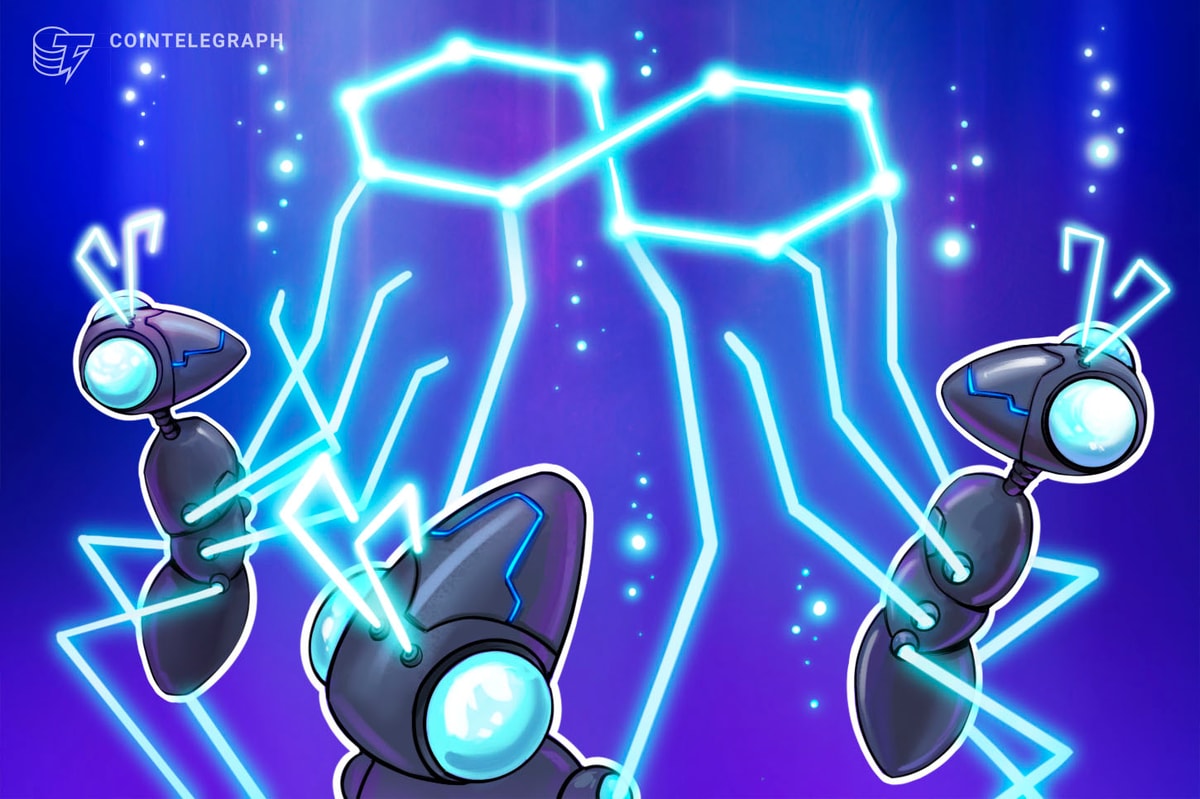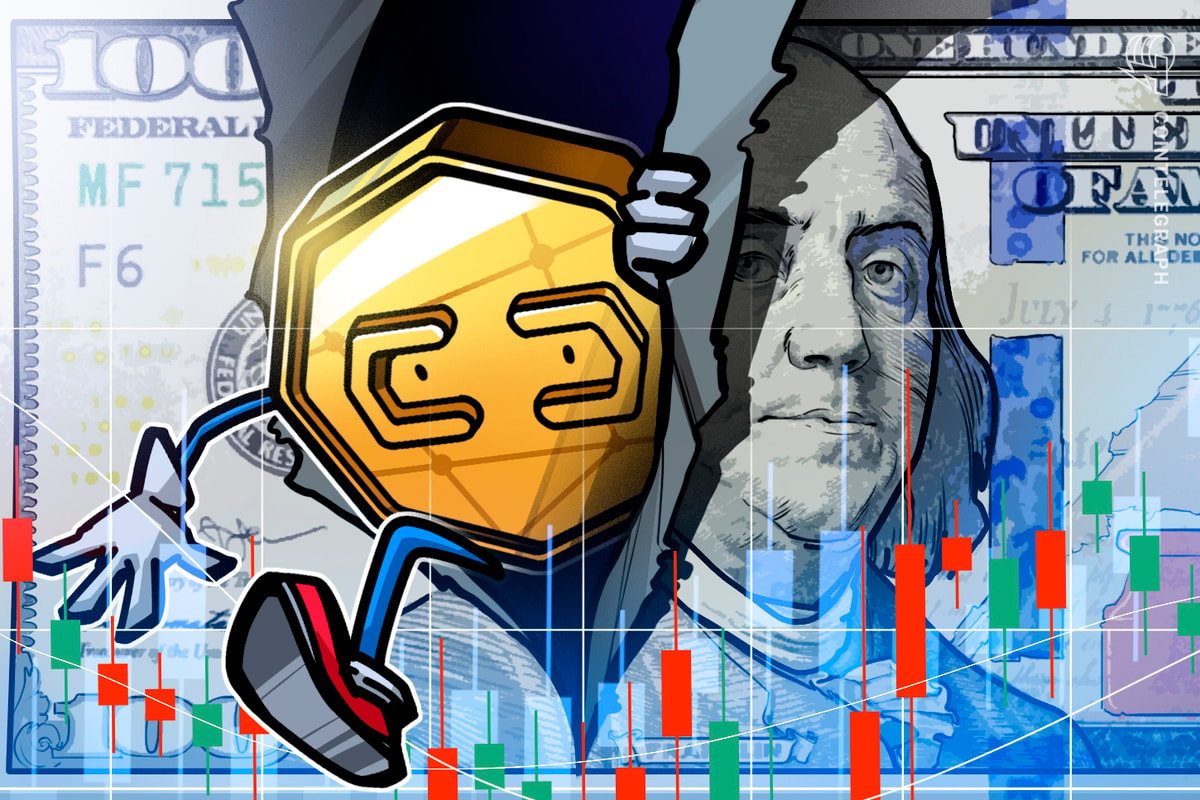

In Brief
In 2024, GameFi experiences renewed crowd interest, and with it, we can monitor the resurrection of the Move-to-Earn projects that seemed to have long been out of sight.
Move-to-earn (M2E) games have emerged as a concept that blurs the boundaries between physical activity and digital rewards. Such games leverage blockchain technology to allow players to earn cryptocurrency by participating in gameplay.
The trend for M2E games gained traction around 2020 when projects like Axie Infinity pioneered the concept of play-to-earn models, where players could monetize their in-game activities. The peak of move-to-earn games’ popularity occurred in 2021, with exponential growth in users and investments pouring into the space. Notable examples like STEPN further fueled interest and adoption.
In 2024, GameFi experiences renewed crowd interest, and with it, we can monitor the resurrection of the Move-to-Earn projects that seemed to have long been out of sight.
For example, the abovementioned STEPN recently announced a limited collection of 1,000 NFTs in collaboration with Adidas, which will be available for purchase starting April 17, 2024. The past several years haven’t been easy for the market, and the resurgent activity of such Web3 projects might indicate a positive sign.
While STEPN might be one of the most prominent projects in the M2E games model, the market offers other outstanding ones. Let’s take a look at some of them.
The Sweat Economy
At the forefront of the move-to-earn segment is the Sweat Economy, a blockchain-powered gaming ecosystem that leverages fitness activities to generate rewards. Using innovative technologies such as wearables and fitness trackers, the Sweat Economy tracks users’ physical movements and translates them into digital currencies or other valuable assets.
The platform incentivizes physical activity by awarding users with SWEAT tokens based on the number of steps they take each day. These SWEAT tokens serve as the primary currency within the Sweat Economy ecosystem. They can be used to unlock rewards such as vouchers, discounts, tickets to sports activities, and even stablecoin prizes.
This approach incentivizes users to stay active while providing an avenue for financial growth through their daily fitness routines.
Genopets
A notable contender in the move-to-earn arena is Genopets, an interactive virtual pet game utilizing the Ethereum blockchain. Genopets gamifies physical activity by enabling players to engage in exploration, battles, evolution, and earning opportunities alongside their digital companions. Positioned as the pioneer in free-to-play, move-to-earn NFT mobile gaming, it encourages and incentivizes an active lifestyle.
Genopets utilizes a move-to-earn model where players can earn rewards based on their physical activity. Players can earn virtual assets and in-game currency by taking steps and completing daily challenges. The steps taken by players power their journey through the game’s virtual world, known as the Genoverse, and contribute to the evolution and growth of their digital pets. The game is designed to reward both free-to-play and paying players. The more a player moves and engages with the game, the more they can progress and unlock new features.
The Step App
Another noteworthy player in the move-to-earn arena is the Step App. Similar to other Move2Earn initiatives, the Step App enables users to socialize and earn rewards while engaging in physical exercise. Integrated into the broader Step Metaverse, this app incorporates gaming elements to incentivize both physical activity and cryptocurrency accumulation. It provides a Software Development Kit (SDK) known as Step Protocol SDK, empowering third-party developers to construct within its expansive Metaverse. Leveraging gamification, augmented reality, and economic incentives, the Step App effectively draws in users. Its token ecosystem comprises the governance token FITFI and an in-game currency named KCAL, which facilitates the acquisition of SNEAKs, the NFT enabling user participation within the Step App ecosystem.
As M2E games continue to gain traction, their future looks promising. In 2024 and beyond, we can anticipate more innovative platforms joining the fray, offering diverse experiences that blend physical activity, blockchain technology, and digital rewards.
Disclaimer
In line with the Trust Project guidelines, please note that the information provided on this page is not intended to be and should not be interpreted as legal, tax, investment, financial, or any other form of advice. It is important to only invest what you can afford to lose and to seek independent financial advice if you have any doubts. For further information, we suggest referring to the terms and conditions as well as the help and support pages provided by the issuer or advertiser. MetaversePost is committed to accurate, unbiased reporting, but market conditions are subject to change without notice.
About The Author
Zhauhazyn is a copywriter and sociology major. Fascinated by the intricate dynamics of Science and Technology Studies, she delves deep into the realm of Web3 with a fervent passion for blockchain technology. Leveraging her expertise in sociology methods and concepts, she brings a unique perspective to unraveling the complexities of the digital landscape.


Zhauhazyn is a copywriter and sociology major. Fascinated by the intricate dynamics of Science and Technology Studies, she delves deep into the realm of Web3 with a fervent passion for blockchain technology. Leveraging her expertise in sociology methods and concepts, she brings a unique perspective to unraveling the complexities of the digital landscape.
Read More: mpost.io









 Bitcoin
Bitcoin  Ethereum
Ethereum  Tether
Tether  XRP
XRP  Solana
Solana  USDC
USDC  Dogecoin
Dogecoin  Cardano
Cardano  TRON
TRON  Lido Staked Ether
Lido Staked Ether  Wrapped Bitcoin
Wrapped Bitcoin  Sui
Sui  Hyperliquid
Hyperliquid  Wrapped stETH
Wrapped stETH  Chainlink
Chainlink  Avalanche
Avalanche  Stellar
Stellar  Bitcoin Cash
Bitcoin Cash  Shiba Inu
Shiba Inu  LEO Token
LEO Token  Hedera
Hedera  Toncoin
Toncoin  Monero
Monero  Litecoin
Litecoin  WETH
WETH  Polkadot
Polkadot  USDS
USDS  Bitget Token
Bitget Token  Wrapped eETH
Wrapped eETH  Binance Bridged USDT (BNB Smart Chain)
Binance Bridged USDT (BNB Smart Chain)  Pepe
Pepe  Pi Network
Pi Network  Ethena USDe
Ethena USDe  WhiteBIT Coin
WhiteBIT Coin  Coinbase Wrapped BTC
Coinbase Wrapped BTC  Aave
Aave  Bittensor
Bittensor  Dai
Dai  Uniswap
Uniswap  NEAR Protocol
NEAR Protocol  Aptos
Aptos  Jito Staked SOL
Jito Staked SOL  OKB
OKB  Ondo
Ondo  BlackRock USD Institutional Digital Liquidity Fund
BlackRock USD Institutional Digital Liquidity Fund  Cronos
Cronos  Ethereum Classic
Ethereum Classic  Internet Computer
Internet Computer